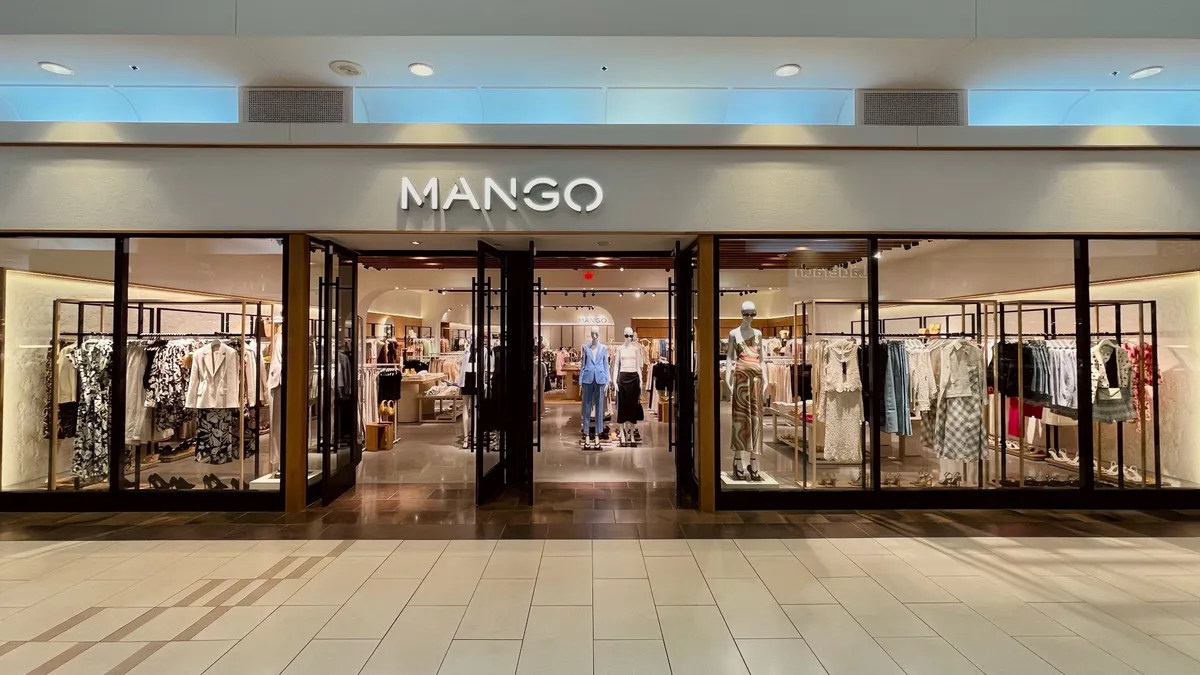This is Patent Pending. Supply chain-related patent applications are filed every week and this is where we'll talk about the ones that could have the biggest impact on the supply chain and the ones that challenge the norm. We want to give you an idea of where supply chains are heading and what the industry is thinking. Keep an eye out for this column on Fridays.
Loaded truck, meet the wall of suction cups
Packages received from a carrier at a distribution center or other shipment facility are unloaded manually. The process is complicated and requires an amount of dexterity that is considered beyond the ability of current automation. But Amazon sees a future where that is no longer the case. Automating the unloading process will make it faster, cheaper and reduce worker injury, Amazon said in its application.
The system envisioned in this application uses a large square face covered in vacuum suction cups (the document says these can also be electrostatic or adhesive components) that can attach to packages and pull them onto a conveyor belt that will take it to another location.
This idea looks similar to one debuted by Honeywell earlier this year. Honeywell's version uses machine vision to "identify various package shapes and sizes as well as the optimal approach to unloading," the company said in a press release.
Getting to a future of a "lights-out-warehouse" where humans are no longer needed will require perfecting the types of tasks that currently require the dexterity provided by humans. Who needs dexterity when you have a giant wall of suction cups?
Read up:
- Report: Amazon's new packing robots to replace workers
-
Want to automate your warehouse? Wait until you understand your data
An eye in the sky on inventory
Determining the shelving stock in a grocery store or other retail location can require a worker to move products around and count everything they see. But Walmart is working toward a future where this is no longer the case.
This patent application outlines a system that uses curved shelving that will flatten as more inventory is placed on it. The lighter the inventory the larger the gap left between the curved shelving and the frame. A system of lasers would measure this gap and a computing system would use internal knowledge of what inventory is stocked where the measurement is taken to provide an inventory level.
Walmart's patent activity makes it clear it would like to get accurate inventory counts in stores by outfitting them with various sensors. Another application from the retail giant published last month summarizes a system that uses air displacement sensors in a store to measure how airflow changes in a store. As inventory leaves the shelving, more air will be displaced as customers move through the store and past shelving, the application explains.
Multiple grocery chains are looking for ways to automate the task of inventory counting. Stores across the country have begun using inventory robots that slowly wander the aisles to conduct price tag audits and find out-of-stocks. Getting a more granular view of inventory, though, might just require a suite of lasers and air displacement sensors.
Read up:
Lighting up the picking process
Fulfillment centers are constantly looking to increase efficiency for their pickers. And a patent application filed by Amazon this week takes another step in that direction by making it easy for pickers to confirm they have retrieved the right inventory.
The patent is for a modular container holding system that can be affixed to the top of a cart pushed by a picker. Amazon lays out multiple potential use cases for this system in its documentation. One involved a picker receiving information on an order, including its location, on a handheld device. This device is then used to scan the item once picked. This handheld scanner will communicate with the container holding system. A system of lights on the container system can be set to light up different colors to indicate different messages, including a notification that tells the picker where to place the order. Sensors in the container system can confirm the right package was placed in the right place and light up accordingly. This last part can be completed using an RFID reader in the cart that can communicate with an RFID tag on the package.
Amazon suggests this kind of technology could help increase throughput in facilities "as a result of fewer misplaced items, less troubleshooting time, less human time tracking down misplaced items, and less time required for associating containers with moveable inventory carts," the application reads.
Warehousing operations have in recent years been looking for a variety of ways to provide more information to pickers. Handheld devices and even augmented reality glasses can provide verification of the package being retrieved. This container holding system provides another level of insurance the right item is heading to the right place.
Read up:
Swiftly sizing parcels
The size of a package can be required for a number of reasons. It can be used by carriers to set rates or to more efficiently fill shipping containers. But Zebra Technology argues in a patent application filed this week that the process for measuring these packages could be automated with the right labeling and scanning technology.
"Taking manual measurements can be time-consuming and error-prone," the application says. "Attempts to determine package dimensions from image data may require that the position and orientation of the image sensor relative to the package be known."
Zebra's solution is a label on the package that can be scanned to provide the dimensions of the package. To make this happen the package would need a graphical element, like the "ACME" logo in the above illustration, and a machine-readable sensor, like an RFID tag. The RFID tag would carry the dimensional information of the logo, which could then be used by an image capture system to determine the size of the entire package relative to the logo.
Knowledge of package sizes is becoming more important as carriers change prices based on package dimensions to account for demand. UPS has a fee for packages with mislabeled dimensions. This means companies will want to measure twice and ship once until a more automated approach is perfected.























